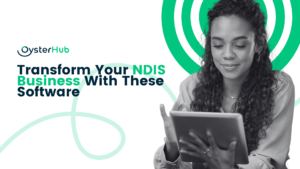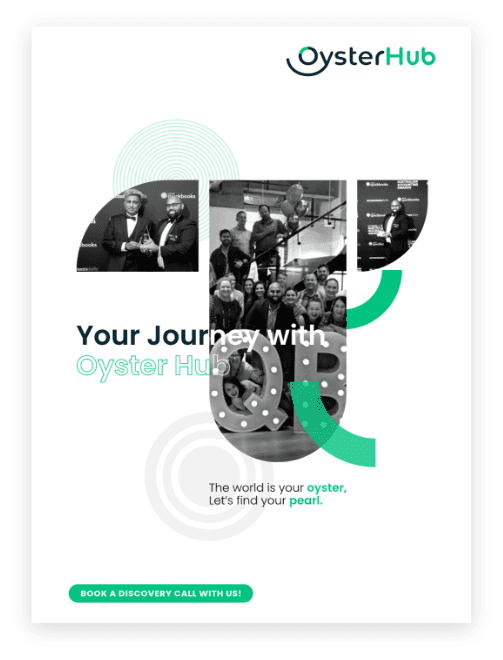Self-managing your NDIS plan can be daunting, but it doesn’t have to be. Here are some tips on how to get started.
The first step is to comprehend what self-administration entails. Self-management of your NDIS plan implies more control over how your funding is utilized and how your services are provided.
You’ll still deal with service providers but have more say over services and delivery.
NDIS self-management also entails ensuring that your strategy is on track and achieving your goals.
You’ll gain more control over your life and the help you need. This includes choosing your service providers and having more say in the design of your support services.
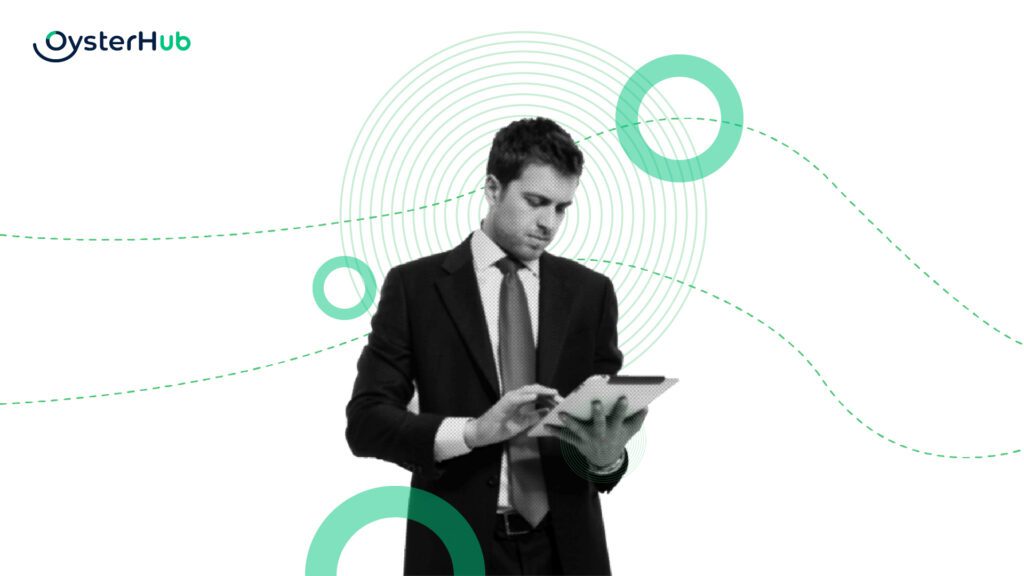
Introduction to self-managing your NDIS
Self-managing your NDIS plan means controlling how your funding is used to support your needs and goals.
This includes deciding which services and providers you use and how much budget you allocate to each.
Self-management gives you greater flexibility and control over your support and can make getting the services and providers you need more accessible.
It can also help you develop new skills and knowledge and build on existing ones.
If you are thinking about self-managing your NDIS plan, there are a few things to consider:
- You will need to understand your needs, goals, and the support you need to achieve them.
- You will need to be able to manage your finances and keep track of your spending.
- You will need to be able to communicate effectively with service providers.
- You will need to be comfortable making decisions about your support.
If you are unsure whether self-management is proper for you, talk to your NDIS planner or local area coordinator.
They can help you to understand your options and make an informed decision.
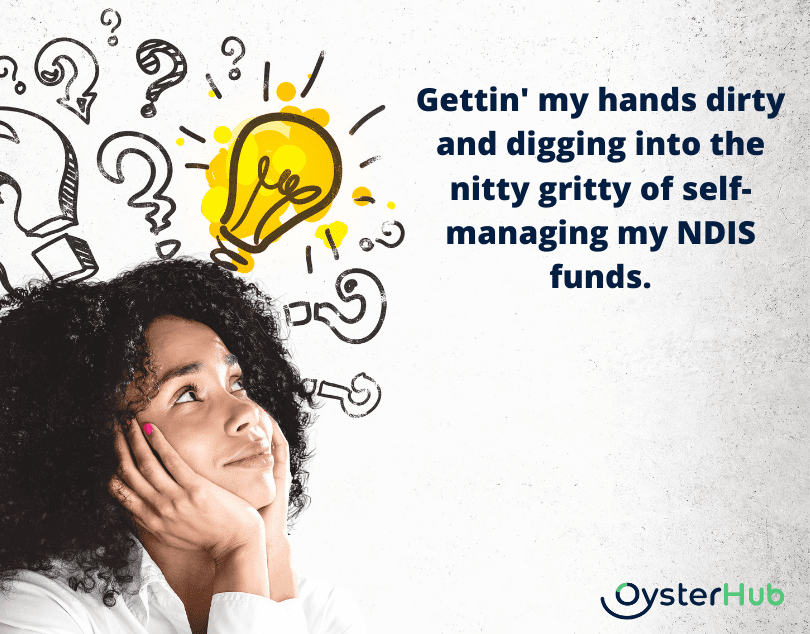
What are the differences of NDIS Self & Plan Management?
When managing your NDIS funding, you have two options: self-management and plan management.
So, what’s the difference? And why would you self-manage your NDIS plan?
With self-management, you have complete control over your NDIS funds. You decide how to use your budget to support your individual needs.
This includes choosing and evaluating service providers. Self-management gives you more flexibility and control over your NDIS funding.
Managing plans is different. With plan management, you hand over NDIS funds to a third party.
They will pay your providers and provide you with regular reports. While plan management can reduce administrative burdens, it’s less flexible than self-management.
So, why would you self-manage your NDIS plan? Self-management gives you more control over your support and allows you to tailor your services to meet your specific needs.

How to self-manage your NDIS plan
Self-managing your NDIS plan means that you have control over how your funding is spent.
You can choose which providers you use and how much you pay them. You are also responsible for managing your budget and ensuring that all your support needs are met.
There are a few things to consider before you self-manage your NDIS plan.
Firstly, you need to ensure that you are well organized and understand your support needs well. You will also need to be comfortable managing your finances and have the time to do so.
If you are self-managing your NDIS plan, there are a few key things you need to do to stay on top of your finances and make the most of your funding.
This how-to guide will walk you through some of the critical steps you need to take to self-manage your NDIS plan successfully.
Understand Your Funding
The first step to self-managing your NDIS plan is to make sure that you have a good understanding of how your funding works.
You need to know how much money you have available each month and what expenses are covered by your plan.
This will help you budget effectively and ensure you are not overspending.
Create a Budget
Once you know how much money you have available each month, you need to create a budget.
This budget should include all of your necessary expenses and extra money for things like recreation and entertainment.
Make sure to stick to your budget as closely as possible to make the most of your funding.
Track Your Spending
It is also essential to track your spending when self-managing your NDIS plan. This will help you see where your money is going and ensure you are not overspending.
There are a few different ways that you can track your spending, such as using a budget app or keeping a spending journal.
Make Adjustments as Needed
If you find that you are overspending or not making the most of your funding, you may need to adjust your budget.
For example, you may need to cut back on some of your expenses to save money. Alternatively, you may need to increase your funding to cover additional costs.
Review Your Plan Regularly
Finally, it is essential to review your self-management plan regularly. This will help you ensure that you are still on track and making the most of your funding.
It is a good idea to review your plan at least once per year or more often if you make any significant changes to your budget or spending habits.
Following these simple tips, you can self-manage your NDIS plan effectively and make the most of your funding.
Just remember to stay organized, track your spending, and review your plan regularly to keep up with your finances.
Remember, self-managing your NDIS plan is a big responsibility.
But it can also be gratifying, giving you more control over your life and allowing you to choose the services and support that best meet your needs.
Conclusion
Self-managing your NDIS plan can have many benefits. You will have more control over your care and support, and you will be able to choose the providers you want to work with.
You will also be able to manage your budget more effectively. However, there are some things to consider before self-managing your NDIS plan.
The main difference between self-managing your NDIS plan and having a program managed by the NDIS is that you will be responsible for paying your providers. This means you need to make sure you have enough money in your budget to cover the cost of your care and support.
You will also need to keep track of your spending and make sure you are claiming eligible expenses.
Another difference is that you will need to find and engage your providers. This can be a challenge, but it is important to find providers that you trust and who can provide the support you need.
You may also need to negotiate fees with your providers, so it is crucial to have good communication skills.
If you are thinking about self-managing your NDIS plan, you must speak to your support coordinator or local area coordinator.
They will be able to give you more information about self-management and help you decide if it is the right option for you.
Oysterhub can help NDIS participants to manage their plan and access services more easily.
With Oysterhub, they can keep track of their plan’s progress, find new service providers, and get support from the community.
This can make it easier for them to get the most out of their NDIS plan and make sure that they’re getting the services they need.
Oysterhub can help you take advantage of your NDIS funds in several ways.
Firstly, we can help you manage your budget and keep track of your spending. This is extremely important, as it can help you stay on top of your finances and avoid overspending.
Additionally, Oysterhub can help you find and book the services you need and keep track of appointments and service providers.
This can make it much easier to get the support you need when you need it.
Finally, Oysterhub can also help you connect with other NDIS participants, giving you a chance to share information and advice.
This can be extremely helpful, as it can allow you to learn from others in a similar situation.
Oysterhub can be a beneficial tool for anyone receiving NDIS funding. By utilizing our various features, you can make the most of your budget and get the support you need.





